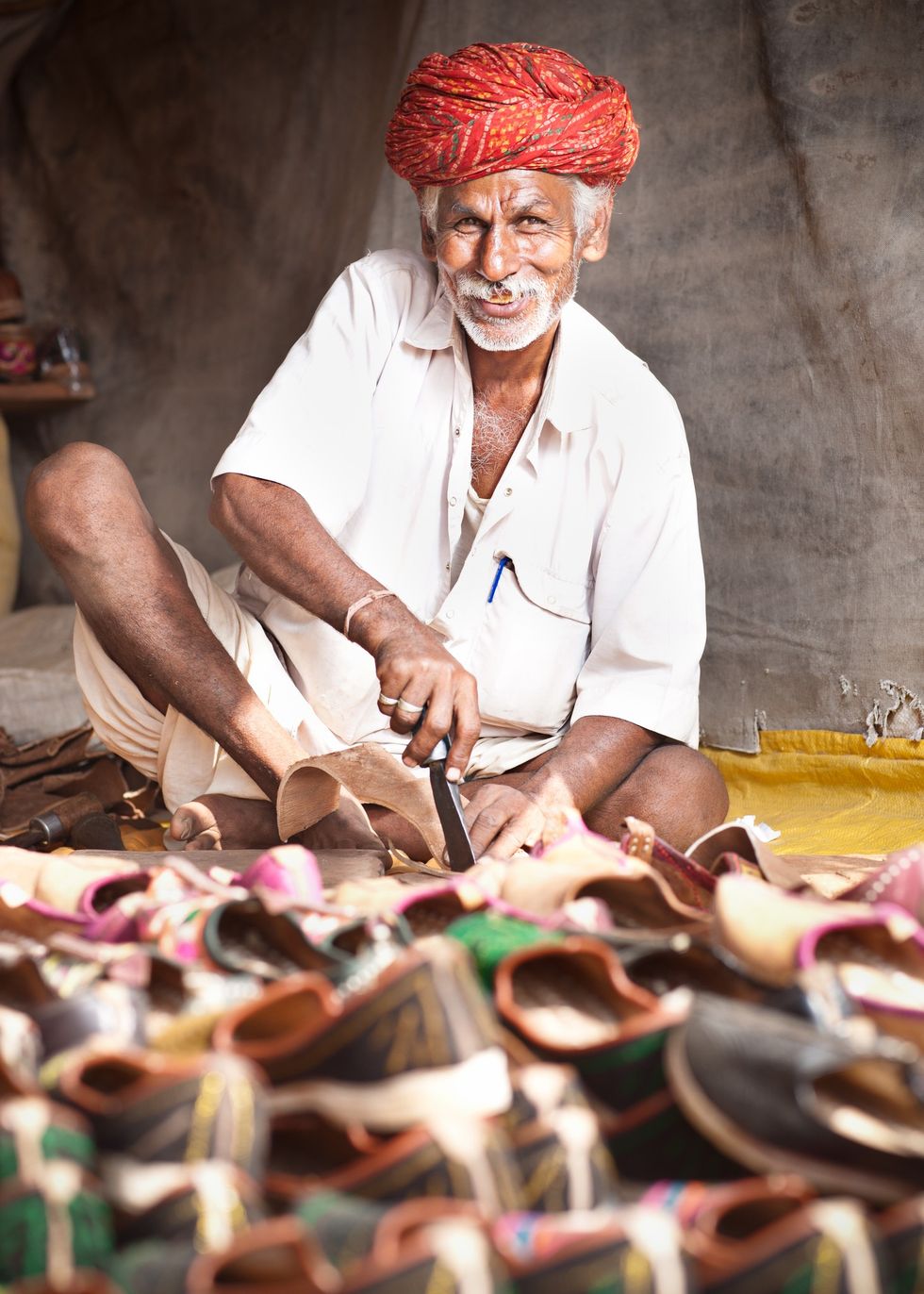ANJALI PHOUGAT DISCUSSES HER DESIGNS AND INSPIRING JOURNEY
A close connection to creativity has enabled Anjali Phougat to become a successful designer, stylist, and business entrepreneur.
The acclaimed America-based founder of popular brand Designer Dream Collection has won a dedicated following for her south Asian outfits, wedding styling, and customised jewellery.
From everyday people and brides to forward-thinking fashionistas, models, red carpet queens and celebrities, Phougat is leaving a stylish mark globally.
Eastern Eye caught up with her to discuss fashion, her journey, future plans, inspirations, top style tips and predictions for 2023.
What first connected you to fashion?
My creative vision connected me to fashion. As a designer, it’s important to have a strong sense of creativity to produce innovative designs that people want to buy and wear. I always admired designs, unique shapes, and cuts, and loved making drawings and illustrations. I have very strong interpersonal and entrepreneur skills, and always wanted to explore that in fashion because it is so much fun.
In terms of fashion, what was it that inspired you growing up?
Growing up, I read and gazed at a lot of fashion magazines such as Vogue, Harper’s Bazaar, and often created different looks with one outfit. At high school, I started sketching and designing clothes that I eventually wore myself. At this point in time, I knew I wanted to make a career of it. While I enjoyed other hobbies at this age, nothing piqued my interest as much as fashion design, nor did anything else let me explore my creativity to the same extent.
What has been your most memorable moment?
There are so many, but recently I received the Times 40 under-40 achievers award in the emerging woman fashion entrepreneur category in my hometown, Gurugram. It felt great and etched a memory in my heart, forever, especially when Sonu Sood, my favourite humanitarian and actor, gave this award. It meant so much because I am truly inspired by his work and kindness. When show host Charul Sharma announced my name, it felt so good and gave me encouragement to continue making my country proud.
Tell us about Designer Dream Collection?
Designer Dream Collection (DDC) is a fashion house located in Ohio, USA. It’s a dream I saw in my childhood. I create south Asian and western luxury
apparel and jewellery, and provide celebrity styling services as well. I have created looks for several red-carpet events like Cannes red carpet and many grand fashion weeks.
Your designs have become popular with several Bollywood celebrities. Which other celebrities have you enjoyed designing for?
I had the honour to design clothes and jewellery for reigning Miss Universe Harnaaz Sandhu. She recently attended the Miss USA 2022 pageant dressed in a thigh-slit gown decorated in monochrome hue, and designer dream collection jewellery. Harnaaz became the real show stealer at the pageant with her glamorous ensemble. She wore my designs on various prestigious events and recently DDC got added in the counsel of fashion designers of America (CFDA).
How would you describe your fashion designs?
My designs are simple and classy. I truly believe that elegance never goes out of style. I also believe that less is more and focus on the very high-end quality fabrics. My designs are focused on sustainability and reusability.
Tell us something about your latest design collection?
My latest collection was made with recycled fabric. My daughter co-designed my new collection with me, which recently got featured in Harper’s Bazaar magazine. It was designed for New York Fashion Week. We will be reusing some of those designs at Ohio State University unchained fashion show to raise funds for victims of human trafficking.
What are your fashion predictions for 2023?
Minimal and sustainable fashion will be seen in 2023 and fun patterns will be in trends.
What top fashion tip would you give to a woman?
Don’t follow recent trends. Wear what works best with your body types and invest in basics.
What about tips for men?
(Smiles) My advice for men would be, don’t shy away from colour and wear a suit well.
Who would you love to create an outfit for?
Selena Gomez, Mindy Kaling and Indira Nooyi.
How would you describe your own style?
Simple and elegant. I loved black and white colours, and light weight jewellery.
Has the Covid pandemic changed fashion according to you?
Absolutely! Who imagined attending meetings wearing comfy PJs and flat mules? The pandemic has given new meaning to comfy clothes and shoes, and taught us to be ourselves.
What is the plan going forward?
My plan is to continue doing what I love and live my life to the fullest. Travel, explore and get better at my craft. I love exploring the digital fashion world and meta verse fashion.
What does fashion and designing mean to you?
Fashion is fun. There is no wrong and right in fashion. It has the ability to change and shape lives through its personal connection to us all. We all have to wear clothes and every piece of clothing we buy represents a personal choice. Designing enables me to release stress and express my emotions, and love for creativity through outfits, without speaking a single word. I like to focus and design in a calm way. It’s so meditative and relaxing. I feel fortunate to live my passion and represent my culture globally.
Instagram: @anjali_phougat6 and @designerdreamcollection








 Prada confirms Kolhapuri chappals inspired its 2026 Milan collectionInstagram/
Prada confirms Kolhapuri chappals inspired its 2026 Milan collectionInstagram/ Kolhapuri chappals have been crafted for centuries and received GI tag in 2019 iStock
Kolhapuri chappals have been crafted for centuries and received GI tag in 2019 iStock 











 Your hair benefits from sun protection tooDimps Sanghani
Your hair benefits from sun protection tooDimps Sanghani Both chlorine and saltwater strip hair of natural oils, leaving it brittleiStock
Both chlorine and saltwater strip hair of natural oils, leaving it brittleiStock Using too many styling products in hot weather can weigh hair down and attract grimeiStock
Using too many styling products in hot weather can weigh hair down and attract grimeiStock
Police may probe anti-Israel comments at Glastonbury